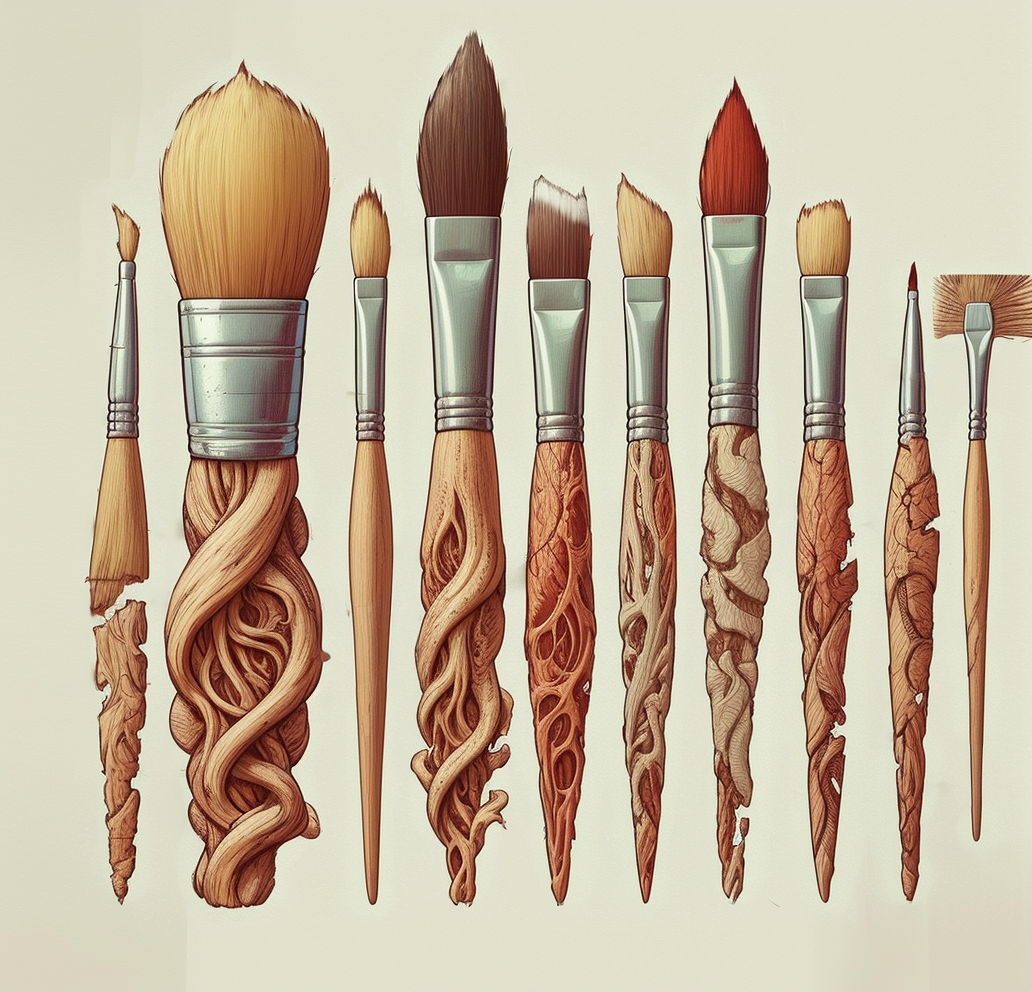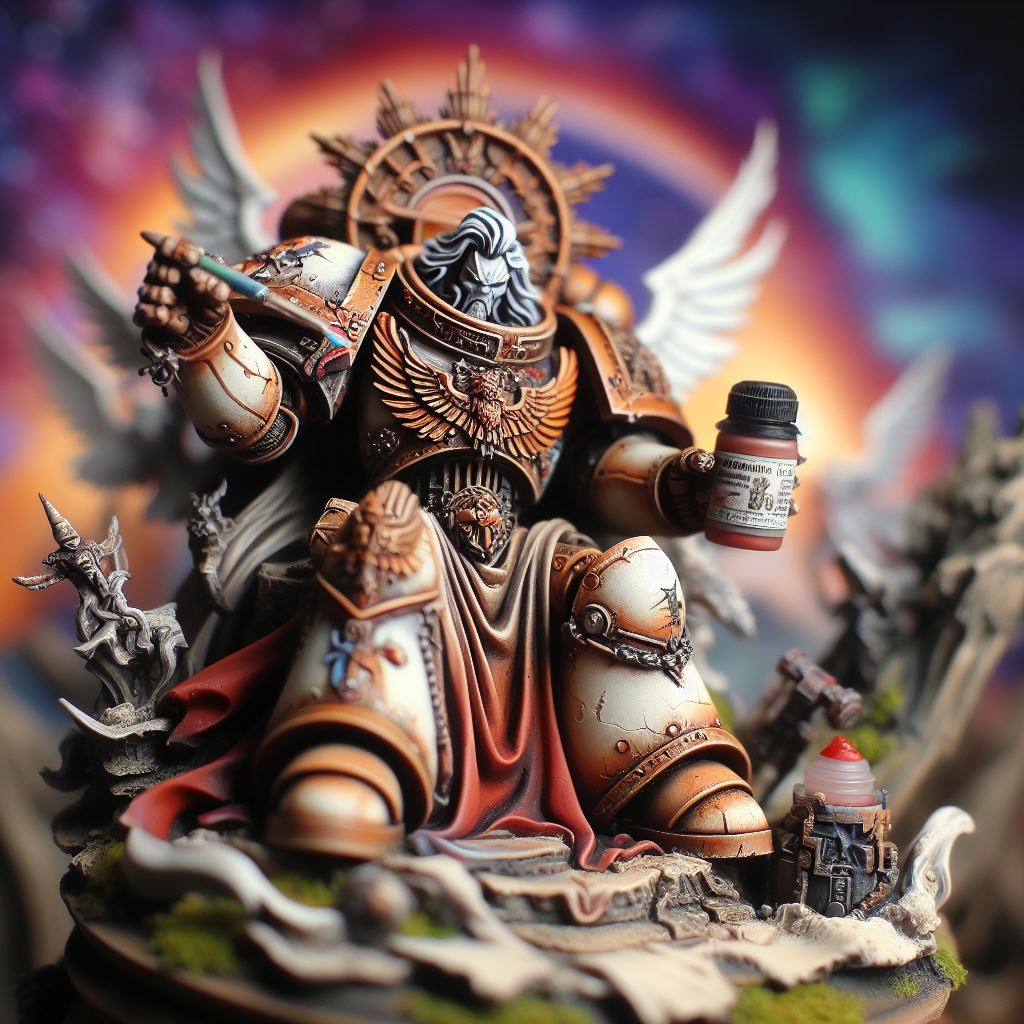What are Washes and Glazes for Warhammer Miniatures? An Understanding of The Two
As a Warhammer enthusiast with over 20 years of experience painting miniatures, I’m often asked about the key painting techniques that can take models to the next level. Two of the most important advanced skills to master are washes and glazes. Properly using washes and glazes allows you to create smooth blended tones, dramatic shadows, and realistic weathering effects.
In this complete guide from Warhammer Universe, I’ll clarify the difference between washes and glazes, explain key concepts like layering and glazing, provide step-by-step instructions on application, and share tips to take your miniatures to a professional standard. Whether you’re new to the hobby or a seasoned painter, this article has everything you need to know. Be sure to also check out our YouTube channel for more tutorials.
Understand Washes and Glazes but want to see paint sets? We got you! Best Paint Sets for Warhammer Miniatures
So what exactly are washes and glazes? Simply put:
A wash is a heavily thinned transparent paint designed to settle into crevices and details, naturally creating shadows. Washes flow freely over the surface through capillary action.
A glaze is a thin translucent layer of paint applied evenly over a surface to tint the underlying color. Glazes are manually controlled and do not pool in recesses like washes.
Looking for how to put your skills to the test? Read our full overview here on How To use Washes and Glazes on Warhammer Miniatures
Now let’s explore these techniques in more detail.
Using Washes for Natural Shadows
Washes are ideal for quickly and easily adding shadows. By just applying your wash and letting it flow naturally, the thin pigment settles deeper into crevices, leaving raised areas lighter. This automatically creates a realistic shadow effect that would otherwise be very tedious to manually paint.
Most hobby paint ranges like Citadel, Army Painter, and Vallejo have dedicated wash paints designed specifically for shading models. These are premixed to the ideal consistency – they have enough surface tension to avoid coffee staining uneven blotches, while still being fluid enough to flow smoothly into details through capillary action.
Lighting can be critical for a good finish, read a post here on OSL Object Source Lightning for Miniatures
When selecting your wash color, you generally want to use an appropriately darkened version of your basecoat tone. For example:
- Agrax Earthshade for brown leathers or fabrics
- Nuln Oil for neutral greys or silvers
- Druchii Violet for purples
- Seraphim Sepia for pale skin or cloth
This tints the wash so shadows feel integrated rather than overly discolored. Keep in mind paint appears darker when wet. Your wash may seem too dark at first but will dry subtly. You can always apply a second controlled wash if you want deeper shading.
Application is straightforward – simply apply the wash generously over your basecoated model, letting it flow naturally into crevices. Use a large brush and avoid going back over areas as this can lift paint. Once dry, your model will have professional shading!
You can enhance the effect by pre-shading before your basecoat. This is essentially manually applying a first layer of wash focused just in areas that will be shaded. The crevice wash will then deepen these initial shadows.
Advanced Glazing and Layering Techniques
Read an overview on How To Layer Paints for Miniatures
While washes provide effective shading, glazes allow for more manual control and smooth blended highlights. Mastering glazing and layering techniques is what takes models to a top tier painted standard.
The key concept is understanding paint’s semi-transparent properties when heavily thinned. By slowly building up successive glazes, you create a gradual transition between tones. This allows smooth colour gradations instead of harsh lines when changing from a shadow to midtone to highlight.
A glaze should be just thin enough to partially tint without completely obscuring the layer beneath. Recommended ratios are around 1 part paint to 5 parts water or medium. However, consistency depends on the specific paint pigments and colours involved. Some guidelines:
- Yellows and oranges cover poorly when thinned and need less water
- Darker colours like blues or purples maintain staining power when thinned
- Add a tiny amount of acrylic flow aid for optimal thinning
Avoid trying to transition between extremely different hues in one step
Mix intermediate shades first for a gradual blend – applying pure red then yellow will never diffuse smoothly regardless of glaze layers applied.
Also beware of excess thinned paint flooding the surface. Wipe your brush of surplus glaze before touching the model. Correctly thinned glaze should only tint where the bristle makes contact without tide lines. Manipulate transitions by intentionally directing more pigment towards finish points of each brush stroke.
With the right grasp of paint consistency, colour theory and brush control, you can create gorgeously diffused blends. Building up shadows, midtones and highlights through successive tinted filters over a basecoat allows a depth of tone that cannot be achieved by solid colour alone.
Reference images under harsh directional lighting help identify where to place shades and highlights. Be patient with many layers – a perfect blend cannot be rushed. But the results are worth it for display standard miniatures that won’t look out of place.
Made a small mistake? No dramas, It’s all natural. Read a brief guide here for How To Fix Painting Mistakes on Miniatures
Comparing Washes vs Glazes
While both provide translucent shading, there are a few key differences between utilizing washes vs manually applying glazes:
Speed and Convenience
Washes are extremely fast and convenient – simply apply over a basecoat and let the physics do the work as pigment flows into crevices. Glazing requires carefully mixing custom blends and slowly building up numerous layers with full control over placement.
Blending Quality
The self-shadowing effect of washes can create somewhat harsh transitions between areas pooled darker vs raised surfaces staying lighter. Glazes allow smoothly diffused gradients by controlling the transition between shades through continuous intermediate tones.
Realism Manually
Glazing mimics real life diffuse lighting more closely than wash settling alone. The variation in shadows vs highlights is more subtle and natural. But wash pooling does recreate authentic dark accents in deep recesses quite effectively.
Need to start over after a costly mistake? Check here for The Best Product to Strip Warhammer Paint
Learning Curve
Washes are beginner friendly and provide an easy introduction to shading even for new hobbyists. Mastering smooth precise glazes has a steeper learning curve requiring practice blending controlled thinned paint.
Creative Control
Washes automatically flow based on model geometry alone. The painter has very little influence over their settle after application. In contrast, glazes can be manually placed with precision – you dictate exactly where shadows build up or highlights peak.
As with most techniques, there are trade offs between speed and quality. Washes and glazes combined provide a powerful toolkit! Use wash pooling to quickly establish basic contrast on rank and file units, then switch to custom mixed glazes for perfectly diffused lighting effects on characters and centerpieces.
Mastering Washes and Glazes
Learning to properly utilize washes and glazes is a key skill on the journey towards professional grade miniatures. While mixing bespoke glazes takes more understanding of color theory and practice controlling thinned paint, premade washes provide an easy shortcut to enhanced contrast through natural shading alone.
I suggest all painters own a selection of colored washes even if also manually glazing. Washes are fast for basic tabletop models. Glazing tailors a perfect blend for character models. You can even combine both on the same mini for powerful shadow effects.
With the right grasp of these techniques, there is no limit to the quality of smooth blended tones and dramatic contrast you can achieve! Your models will stand above the crowd in any Warhammer battle.
I hope this complete guide clarifies the use of washes vs glazes, be at peace and have fun!















